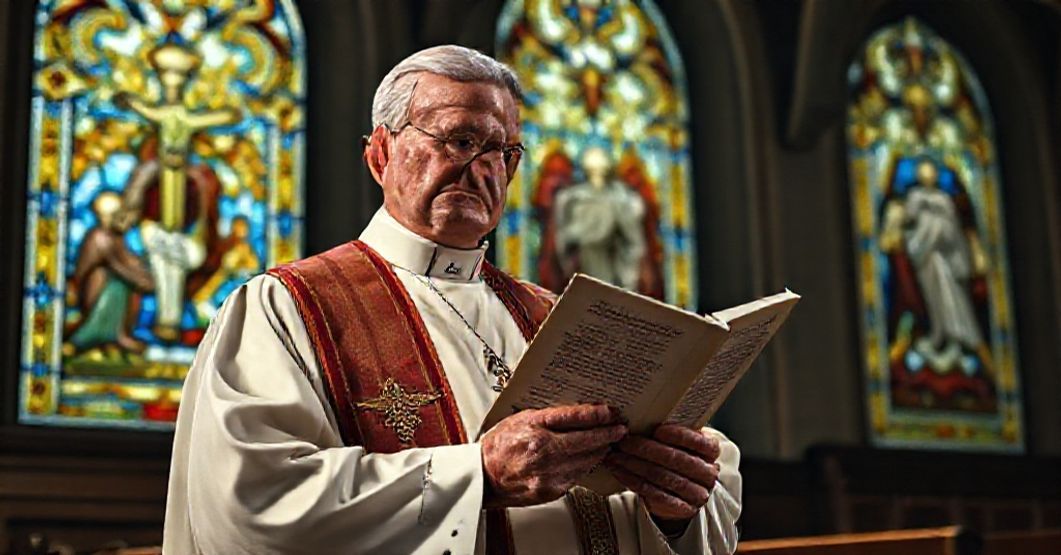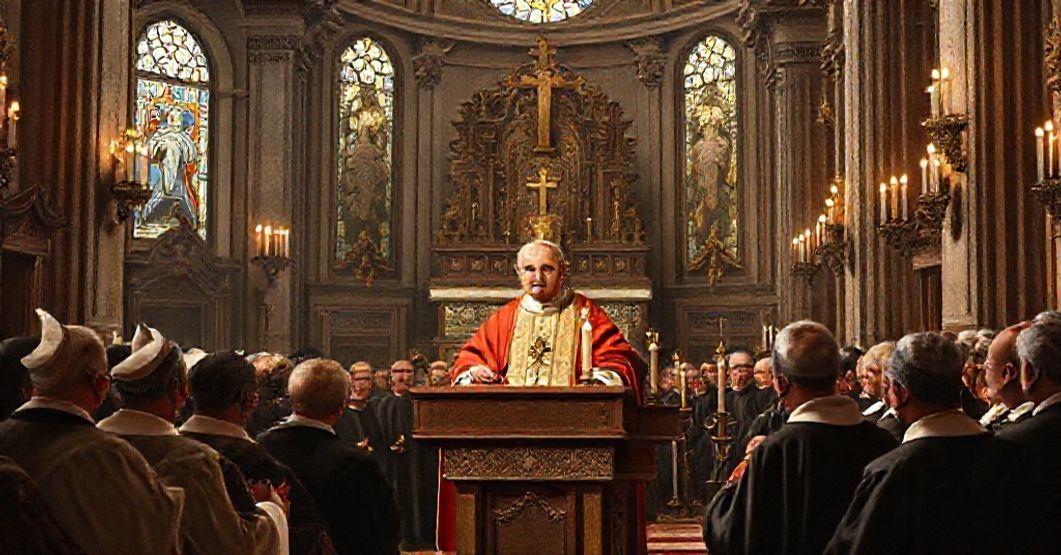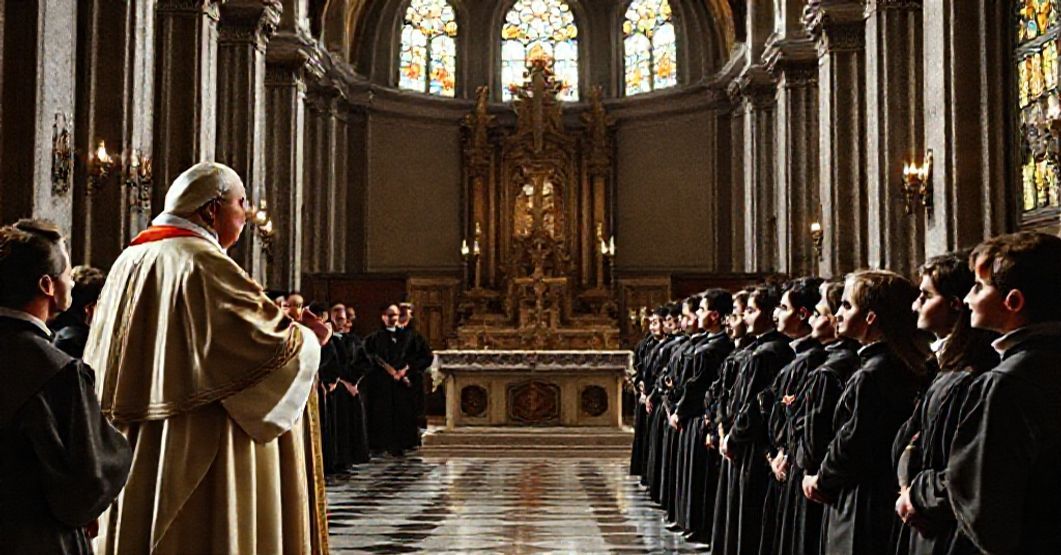Antipopes of the Antichurch



















Timeline of this heretical pontiff
Encyclical Letters
+ 15 posts1959
+ 7 posts1961
+ 4 posts1962
+ 2 posts1963
+ 2 postsApostolic Exhortations
+ 3 postsApostolic Constitutions
+ 93 posts1958
+ 6 posts1959
+ 87 postsMotu Proprio
+ 15 posts1958
+ 1 posts1959
+ 1 posts1962
+ 11 postsApostolic Letters
+ 151 posts1958
+ 4 posts1959
+ 63 posts1960
+ 78 posts1961
+ 1 posts1962
+ 4 posts1963
+ 1 postsSpeeches
+ 99 posts1958
+ 2 posts1959
+ 26 posts1960
+ 29 posts1961
+ 16 posts1962
+ 24 postsMessages
+ 6 posts1959
+ 4 postsHomilies
+ 4 postsLetters
+ 152 posts1958
+ 1 posts1959
+ 48 posts1960
+ 32 posts1961
+ 31 posts1962
+ 30 posts1963
+ 10 postsNot categorized
+ 1 posts1958
+ 1 postsNews feed


Ioannes XXIII: Virtutes Dignitati Sacerdotum Necessariae (1960.01.26)
Ioannes Roncalli, already acting as architect of the conciliar revolution, uses this allocution to the Roman Synod (1960) to outline an ideal of priestly “virtue” centered on external decorum, continuous study, sentimental “kindness,” moderated speech, and disciplined celibacy, framed by appeals to Trent, Scripture, and ascetical authors, and presented as a spiritual program for clergy on the eve of his planned council. Behind the pious citations stands a project that subtly replaces supernatural, sacrificial, and hierarchical priesthood with a humanistic, psychologized, and depowered functionary: a preparatory catechism for the conciliar sect’s counterfeit clergy.


IOANNES XXIII ROMANAE SYNODI SESSIONES (1960.01.27)
Ioannes Roncalli’s allocution of 27 January 1960 to the Roman clergy during the so‑called diocesan synod exhorts priests to holiness, pastoral zeal, sacrificial charity, and fidelity to their duties; he unfolds the image of Christ as the Good Shepherd and “door of the sheep,” reflects on priestly identity, praises administrative and curial service as authentic apostolate, and invokes patristic models like St Gregory the Great and the Curé of Ars to inspire a renewed pastoral consciousness in Rome, especially in view of broader ecclesial tasks.


IOANNES XXIII Allocutio (1960.01.28)
In this allocution of 28 January 1960, delivered in the Church of St. Ignatius in Rome, John XXIII addresses seminarians of the Roman diocese and those studying in Rome, using the occasion of the Roman Synod to exhort them to priestly virtue, detachment from the world, love of Sacred Scripture, and fidelity to prayer. He develops three key exhortations drawn from biblical imagery—“Digne ambulate”, “Accipite librum et devorate illum”, “Psallite sapienter et frequenter”—presented in a warm, paternal, and apparently pious tone, proposing an ideal of the clergy as selected, purified, studious, and prayerful servants of the Church and humanity. Yet precisely in this smooth, edifying rhetoric lies the poison: a subtle displacement of the supernatural, a preparation of souls for the conciliar revolution, and an appropriation of Catholic vocabulary to inaugurate an anti-Church oriented toward a new humanistic order.


IOANNES XXIII Romanae Dioecesis Prima Synodus (1960.01.31)
In this allocution, Giovanni Roncalli (John XXIII) celebrates the closing of the first diocesan synod of Rome (1960), exults over its “synodal constitutions,” praises the Roman clergy and people, presents the synod as a manifestation of spiritual vigor, and directly links it to his plan for a new ecumenical council, the future Vatican II. He frames the synod as a providential, joyful event, stresses pastoral adaptation to “present and future needs,” invokes faith, hope, and charity, and concludes by proposing a devotional focus on the Name, Heart, and Blood of Christ and Marian titles, enveloping everything in enthusiastic optimism about aggiornamento and ecclesial renewal. In reality, this speech is the programmatic self-revelation of the coming conciliar revolution: a pious-sounding theological displacement that prepares and justifies the construction of the conciliar sect and the eclipse of the Catholic Church’s public confession of Christ the King.
Varia
Announcement:
– News feed –implemented
– Antipopes separate web sites with their all documents refutation – in progress
